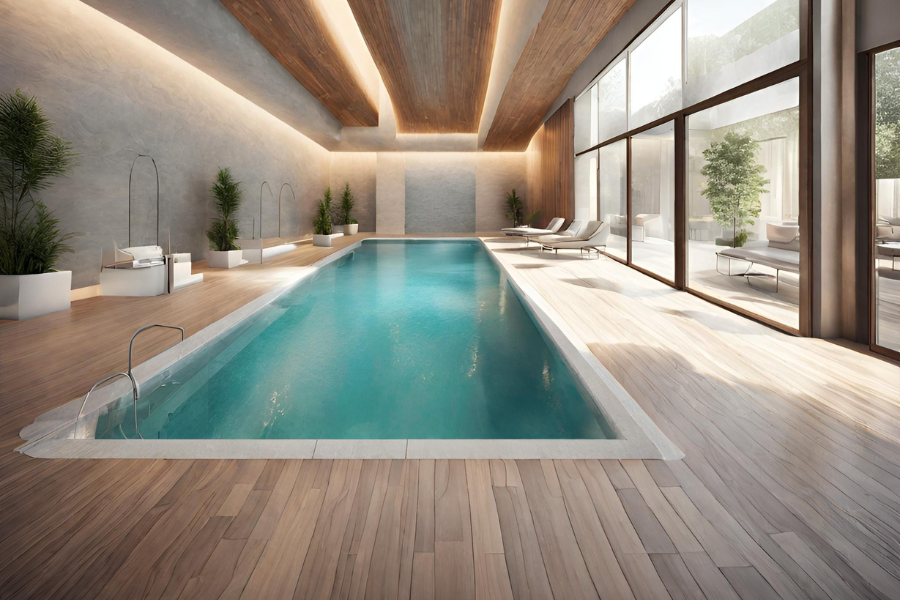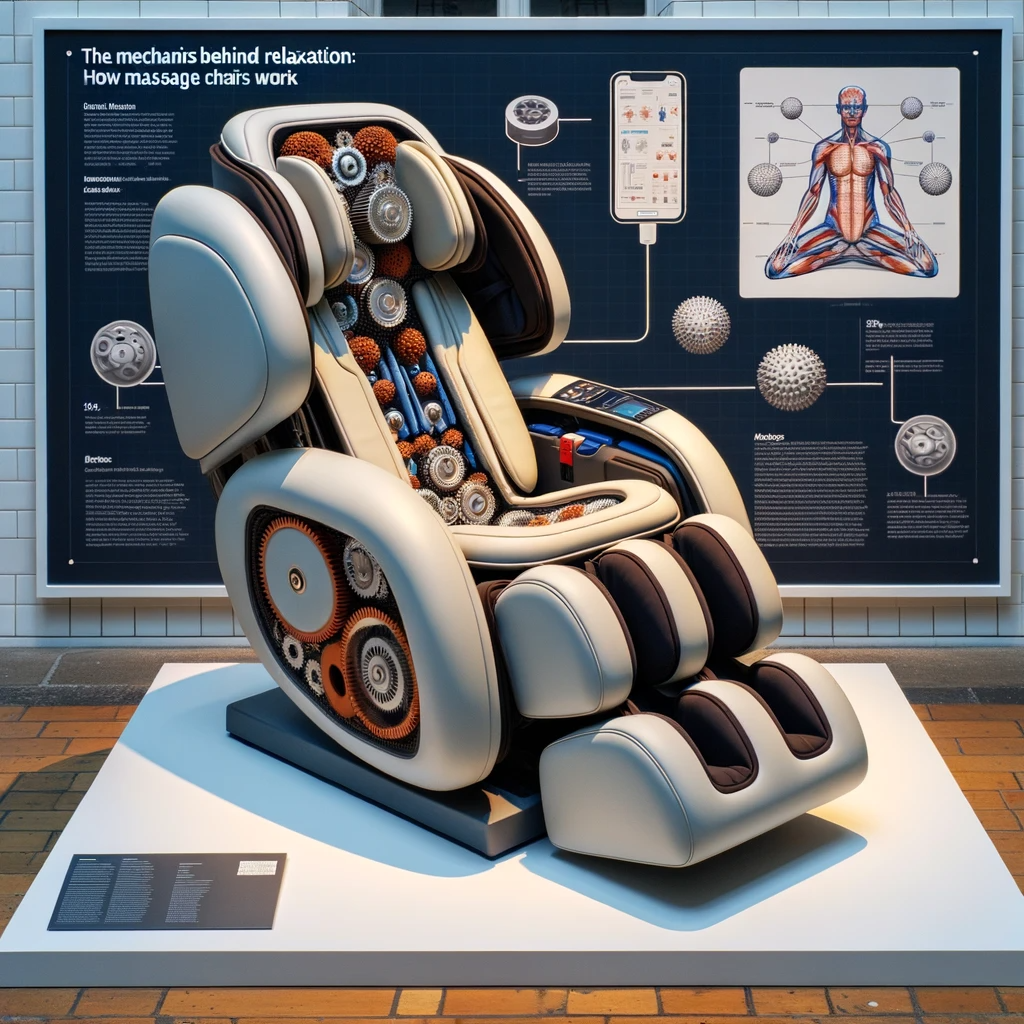If you are wondering about the best treatment for eating disorders, read this article to learn about all three types of eating disorders treatment methods: inpatient treatment, partial hospitalization, and outpatient treatment.
Introduction
If you or a loved one is struggling with an eating disorder, you may be wondering what kind of treatment is best. There are many different types of eating disorders treatment, and it can be difficult to know which one is right for you. In this blog post, we will discuss some of the different types of treatment available and help you decide which one may be best for you.
Eating disorders are serious mental illnesses that can have devastating effects on your health, both physically and mentally. If you are struggling with an eating disorder, it is important to seek professional help. There are many different types of treatment available for eating disorders, and finding the right one for you can make a big difference in your recovery.
One type of treatment for eating disorders is medication. Medication can be used to treat the symptoms of an eating disorder and help stabilize mood swings. It can also help reduce cravings and promote weight gain in those who are underweight. If you are considering medication as part of your treatment plan, it is important to speak with your doctor about the risks and benefits.
Another type of treatment for eating disorders is therapy. Alsana St. Louis Therapy can provide support and guidance as you work through the challenges of an eating disorder. It can also help you develop healthy coping skills and improve your body image. If you are considering therapy, it is important to find a therapist who specializes in treating eating disorders.

Finally, there are also many self-help resources available for those struggling
The Three Types of Eating Disorders
There are three primary types of eating disorders: anorexia nervosa, bulimia nervosa, and binge-eating disorder.
Anorexia nervosa is characterized by an intense fear of gaining weight, self-starvation, and often excessive exercise. Bulimia nervosa is defined by periods of bingeing – consuming large amounts of food in a short period of time – followed by purging through vomiting or the use of laxatives. Binge-eating disorder is similar to bulimia, but without the purging component.
Each type of eating disorder requires different types of treatment. Anorexia nervosa generally requires a team approach including medical supervision, nutrition counseling, and psychological support. Bulimia nervosa can be effectively treated with Cognitive Behavioral Therapy (CBT), which helps patients change their thinking and behaviors around food and eating. Binge-eating disorder treatment center typically include a combination of CBT and medication management.
If you or someone you know is struggling with an eating disorder, there is help available. Treatment options have been proven to be effective in helping people recover from these serious illnesses.
Treatment for Anorexia and Bulimia
There are many different types of treatment for anorexia and bulimia, and the best type of treatment for you will depend on the severity of your disorder and your overall health. If you have a mild case of anorexia or bulimia, you may be able to treat your disorder with lifestyle changes, such as eating a balanced diet and exercising regularly. If you have a more severe case of anorexia or bulimia, you may need to receive treatment from a mental health professional.

If you have anorexia, treatment will focus on helping you gain weight and develop healthy eating habits. You may be hospitalized if you are severely underweight or if you have other medical complications. Once you reach a healthy weight, you will work with a therapist to address the underlying psychological issues that led to your disorder.
If you have bulimia, treatment will focus on helping you stop bingeing and purging. You may also need to receive treatment for any underlying mental health issues, such as depression or anxiety. You may be prescribed medication to help control your urge to binge and purge.
Treatment for Binge Eating Disorder
Binge eating disorder is a serious, life-threatening illness that requires professional treatment. While there is no one-size-fits-all approach to treatment, there are certain evidence-based methods that have been shown to be effective in treating binge eating disorder.
Cognitive behavioral therapy (CBT) is the most commonly used form of treatment for binge eating disorder. CBT helps patients identify and change the thoughts and behaviors that contribute to their disordered eating. CBT can be conducted in individual or group settings, and may last for 10-20 sessions.
Interpersonal psychotherapy (IPT) is another effective form of treatment for binge eating disorder. IPT focuses on the relationships between patient and others in their life, and how these relationships may contribute to disordered eating. IPT typically lasts 12-16 weeks, and can be conducted in individual or group settings.
Medications may also be prescribed to help treat symptoms of binge eating disorder. Commonly prescribed medications include antidepressants, antipsychotics, and mood stabilizers. These medications can help to reduce impulsivity, anxiety, and depression – all of which can contribute to binge eating disorder.
Conclusion
If you are struggling with an eating disorder, it is important to seek treatment. There are many different types of treatment available, and the best option for you will depend on your individual needs. If you are looking for a more holistic approach, consider cognitive behavioral therapy or dialectical behavior therapy. If you need more structure in your treatment, consider a residential program. And if you are looking for medical intervention, consider inpatient care. Whichever route you choose, make sure to reach out for help so that you can start on the road to recovery.


